
Final Audio
Final B1 Headphones
Final Audio's latest research and development achievements have resulted in a new series of cutting-edge products.
In this B series, the model names (and prices) are not tied to the usual numerical hierarchy, but rather reflect the order in which the products were developed, a completely new system of cataloguing products.
In-Ear Headphones – Final Audio B1
- Housing: Mirror polished stainless steel (Rose Gold)
- Speaker type: 1D+1BA
- Connector: MMCX
- Cable: Silver plated OFC
- Sensitivity: 94dB
- Impedance: 13Ω
- Weight: 36g
- Cable length: 1.2m
- Sound characteristics: Extremely high clarity of both voices and musical instruments with an overwhelming presence and the same feeling of presence as a live stage
B1
The B1 have been designed taking into account the delicate relationship between spatiality and dynamic range, all while respecting the physical characteristics of the headphones.
The voices are reproduced so naturally that the breathing of the performers is perceptible, as are the subtle nuances and timbre of each musical instrument.
Through research into the relationship between the spatiality, clarity and dynamic range of music recordings and the physical characteristics of earphones and headphones, Final learned that the deepest enjoyment of music can only be achieved through optimizing the frequency response.
B1 are designed with special attention to the sense of reality. In the reproduction of pop and rock music, but as in soundtracks, in classical music, the B1 are optimized to give a new sense of reality with a coherent reproduction and a great tonal balance.
Awards

Life style 2019, Japan
Characteristics
The sound of these headphones was achieved by taking into account the relationship between the spatial impression and the dynamic range of the music, creating an excellent sound.
The approach was that of spatial perception. Classical and jazz recordings are performed with a lot of emphasis on aspects of spatiality, distance, width and reverberation. Rock, pop and many of the recent soundtrack recordings do not take this aspect into consideration. The emphasis is on clarity of reproduction, which brings the various instruments and the voice to the fore.
Another approach is dynamic range, or changes in volume over time. If the dynamic range is large, you can use the change in volume over time to achieve a more dynamic expression of the music. But there are some types of music for which recordings with a more limited dynamic range are preferable, to allow each instrument and the voice to appear better before the eyes of the listener.
The difference between these two ways of thinking is not which is better, but rather the differences in how the music is composed and what is required of the musician. For classical music in general, and orchestral music in particular, the spatial orientation of the instruments is particularly important. The string instruments are positioned closest to the audience with the percussion instruments behind them. If the balance between the spatial orientation and the volume of each group of instruments were not true, the music would lose its meaning. For this reason, it is not appropriate for each instrument to appear in front of the listener's eyes. For rock and pop, however, spatiality is not so necessary and therefore there is more emphasis on clarity than on spatiality.
These prerequisites are very important, especially for listening with headphones and earphones, and it is increasingly evident how it is necessary in the design phase to set objectives on which aspect to prefer, in order to use the best speaker and the most suitable structure to achieve the design objective.
Let's look at the graph below, where the spatiality and clarity of the music are represented on the X-axis and the dynamic range on the Y-axis. While the E3000 model was designed with the aim of reaching the center of the graph, the B-series is positioned outside of that area.
In other words, compared to the E series, the B series is designed to listen to a specific type of music, and you may be so fascinated by it that you can't do without it. This characterization is typical of Final products.
B1 are designed with special attention to the sense of reality. In the reproduction of pop and rock music, but as in soundtracks, in classical music, the B1 are optimized to give a new sense of reality with a coherent reproduction and a great tonal balance.

Long-lasting construction, with replaceable and repairable cable

The feeling of a custom fit
The goal should be a great fit with little pressure. At Final they thought it would be best to have the headphones rest on 3 different points, like on a tripod.
The green part in the drawing below (earpiece) is the first support, the blue one (tragus) is the second, and finally the pink one (earcup cavity) is the third, largest. The tragus fixes the external earpiece to the internal one, so that it is difficult to feel stressed even when force is applied, and the pink section helps to hold the earpiece in place in the earcup cavity, so that the headset does not slip out. By clearly identifying the contact points, we have made it possible for almost all people to get a comfortable fit from our headphones.
If there is no sense of pressure, the fit of the earbud will feel much more comfortable and in this way, you get a fit very similar to that of a custom earbud.
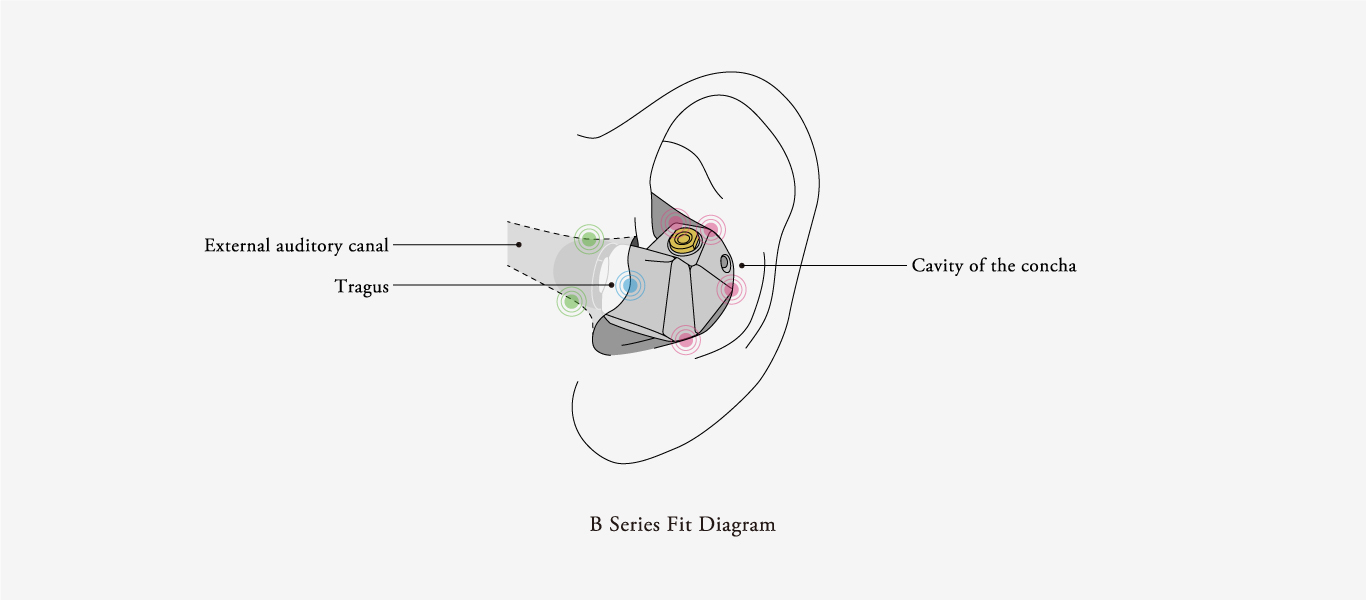
MIM (Metal Injection Molding) stainless steel housing

Balanced Armature Speaker and BA Dynamic Driver x2
It uses two speakers, a Balanced Armature (BA) for high frequencies and a dynamic driver for low frequencies, without the use of a cross-over.
MMCX Connector and exclusive high-purity OFC silver-coated OFC cable
The MMCX connector was developed in Final using high-purity OFC silver-coated cables that provide a wide sound stage. These cables were developed by Junkosha corporation for use with the “Kei” supercomputer due to their fast signal transmission speed. The insulating film is made of PFA, also developed by Junkosha*, which used its extensive know-how through the JUNFLON® brand to create low-capacitance insulating materials. The outer tube is made of PVC so it is surprisingly flexible which makes the cable extremely easy to use, as well as reducing the chance of microphonics. Additionally, the MMCX connector and 3.5 mini-jack were subjected to a 5,000-time bending test, resulting in a connection design that can withstand more than 50,000 bends.
* Junkosha is a Japanese company that develops and manufactures coaxial cables with the world's fastest propagation speed, 95% of the speed of light, as well as cables for critical industries such as marine and aerospace, healthcare and power generation facilities. These special cables require a high level of technology and are based on the use of fluoropolymers. Junkosha cables are also known under the brand name JUNFLON® and have earned the enormous trust of many engineers who need special cables.
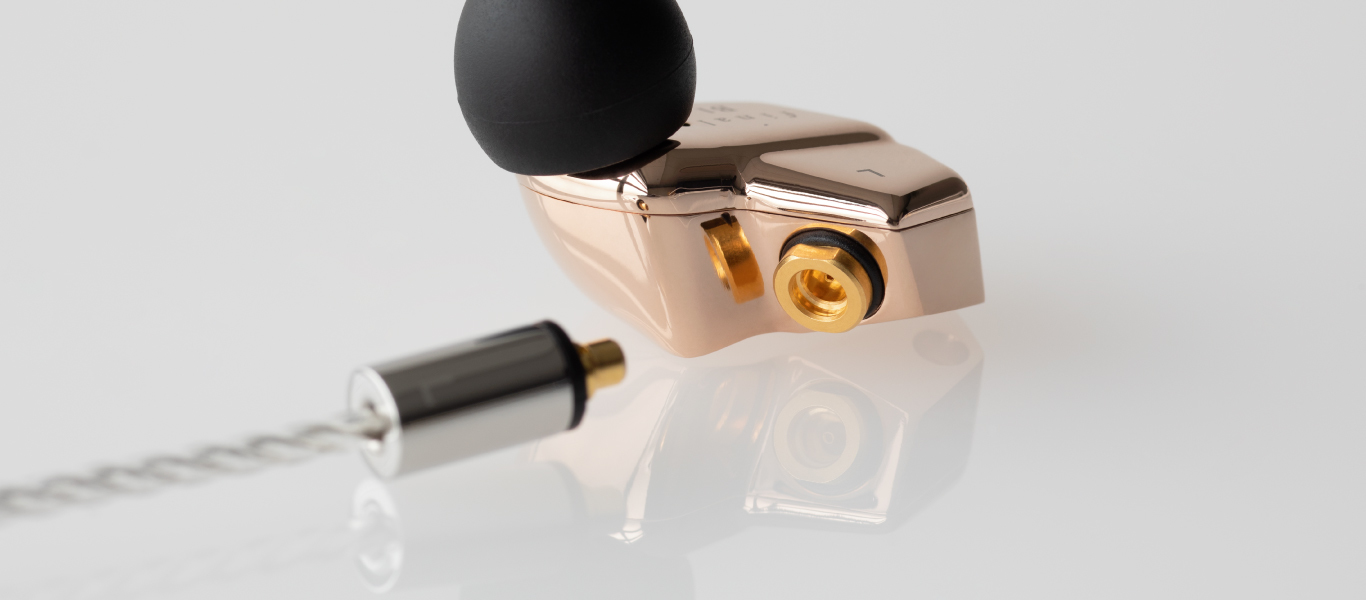
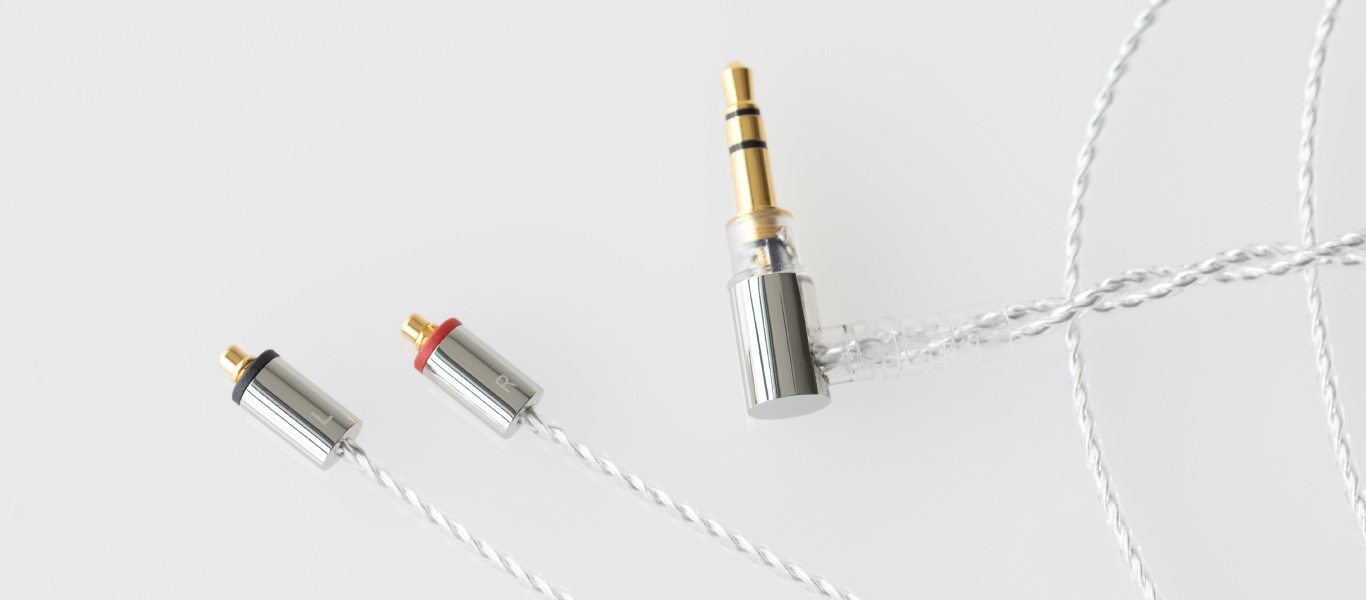
Different colored ear tips for left and right channel
One earbud is gray, while the other is red; by pulling the earbud back slightly to check the color, it is easy to distinguish between left and right, even in dimly lit places. Since the colors of the earbuds of similar sizes are different (alternating between light and dark gray and red and pink), it is also easy to distinguish the different sizes from each other.
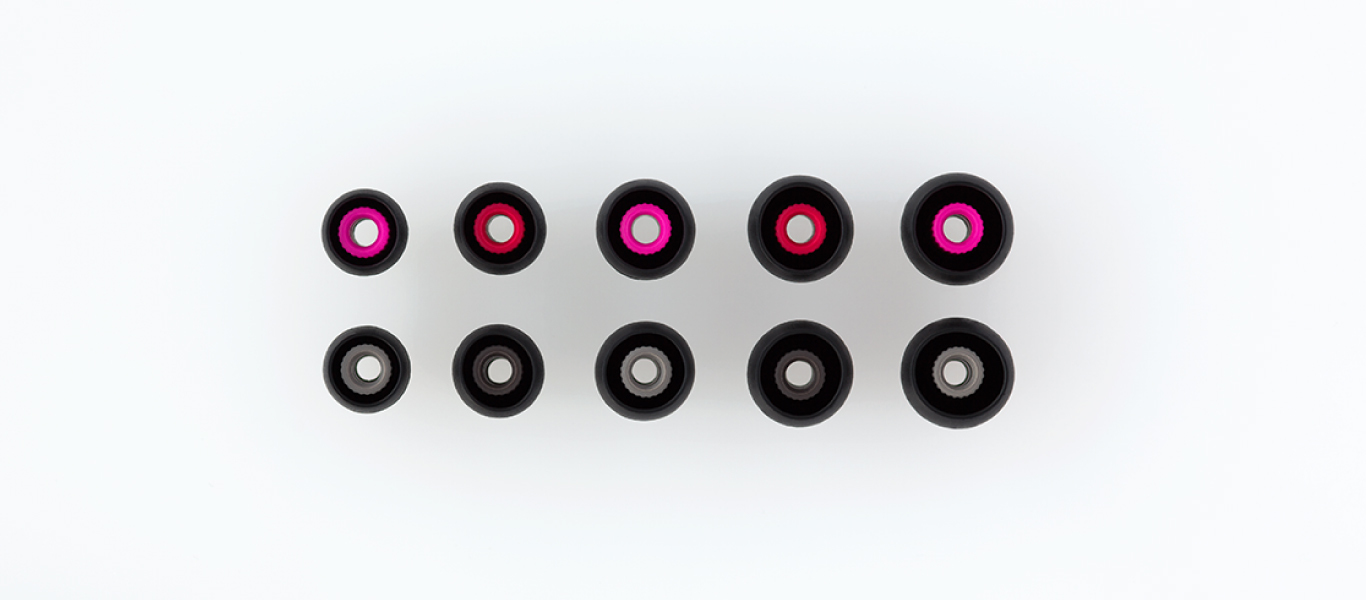
Ear hooks that reduce cable noise
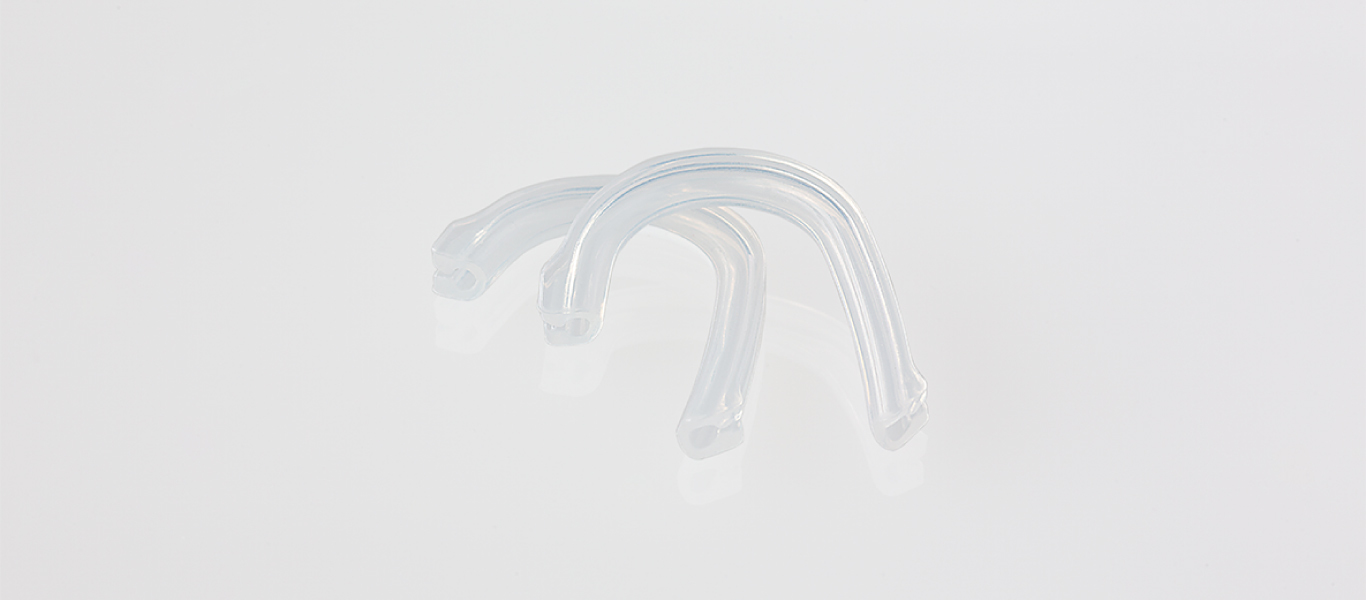
Silicone transport container
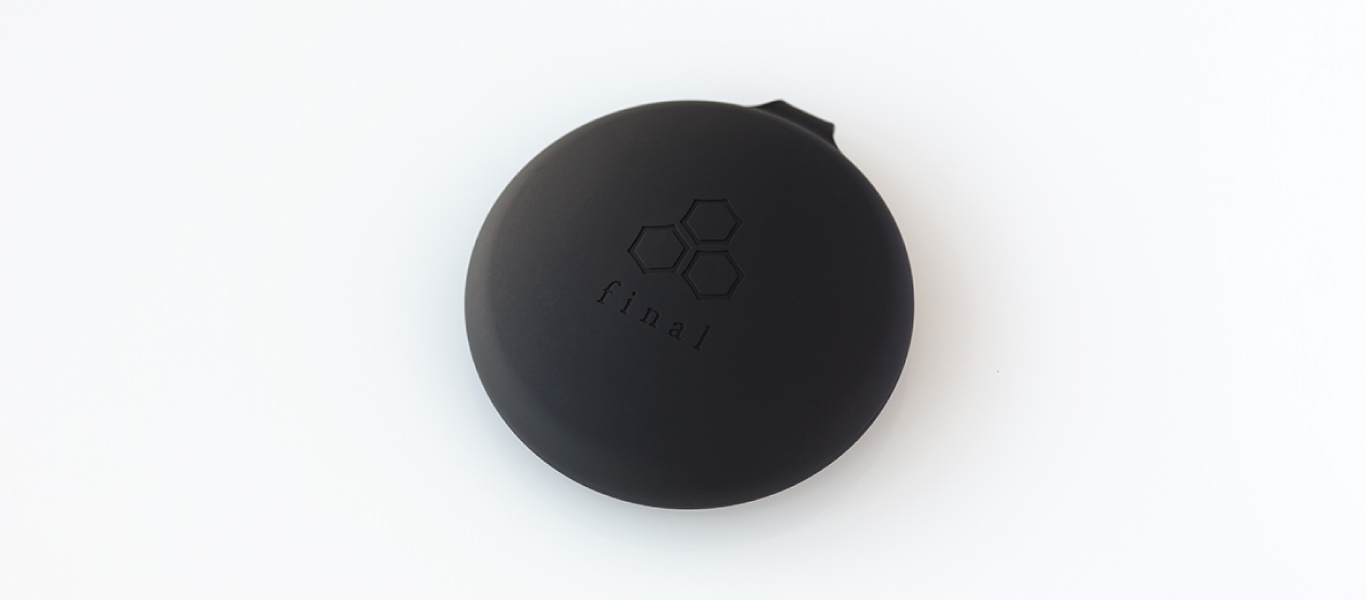
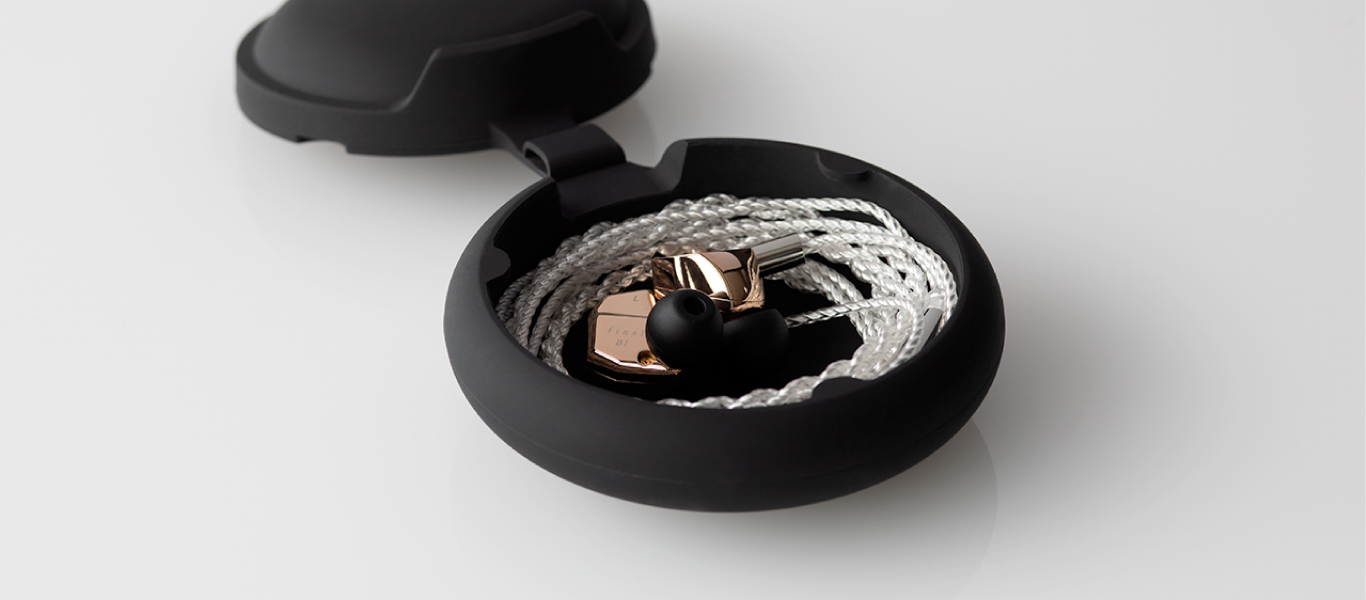
Aging
Technical specifications
- Housing: Stainless Steel (Rose Gold)
- Speakers: 1BA+1Dynamic
- Connector: MMCX
- Cable: Silver plated OFC
- Sensitivity: 94dB
- Impedance: 13Ω
- Weight: 36g
- Cable length: 1.2m
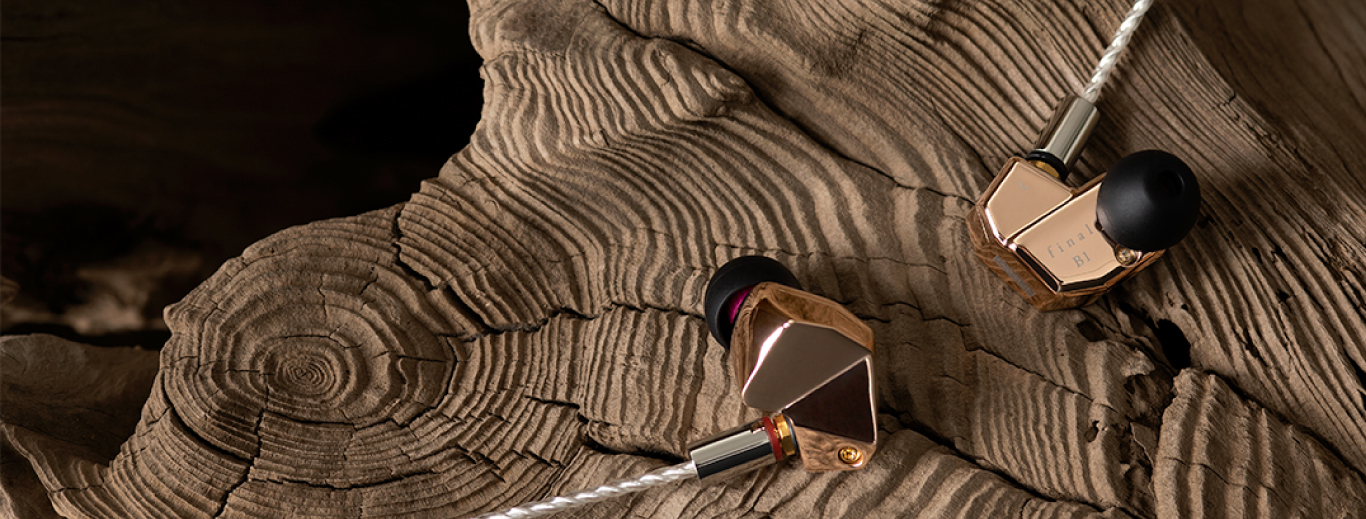
Accessories
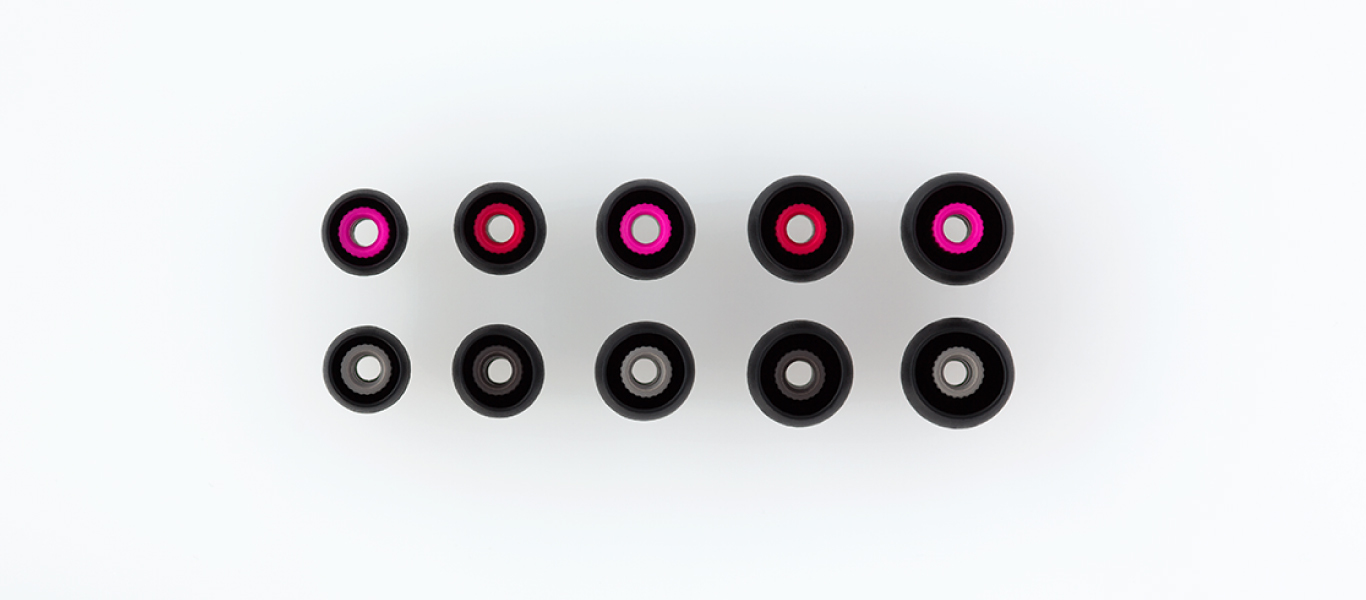
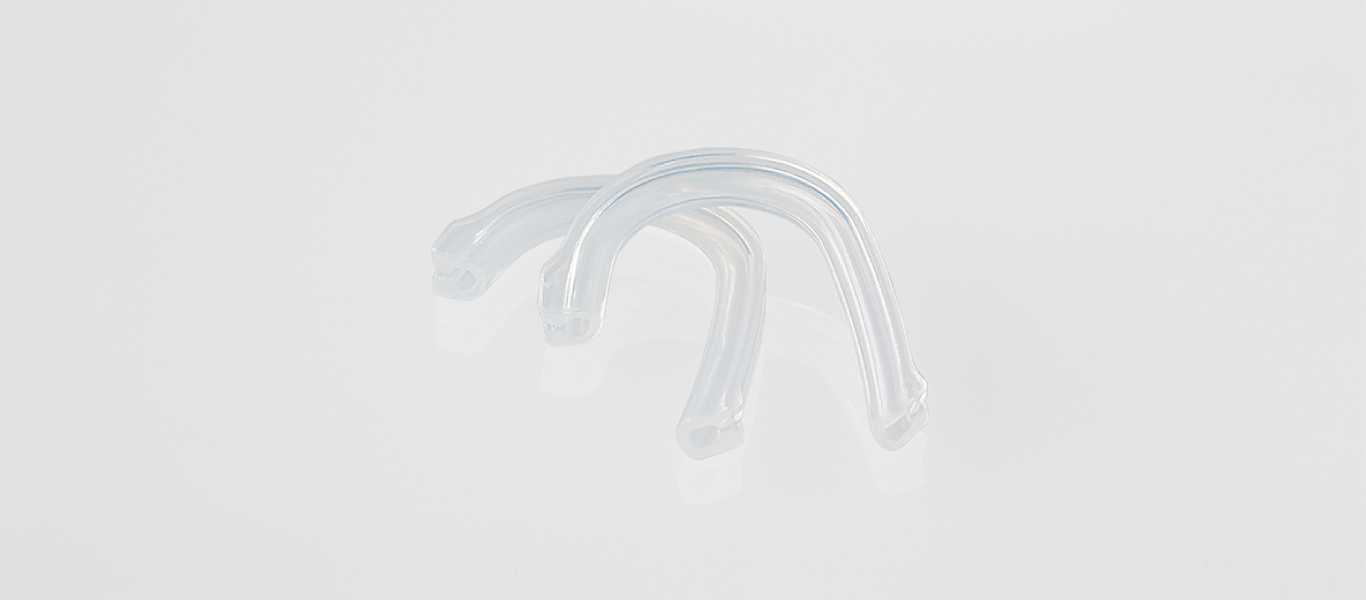
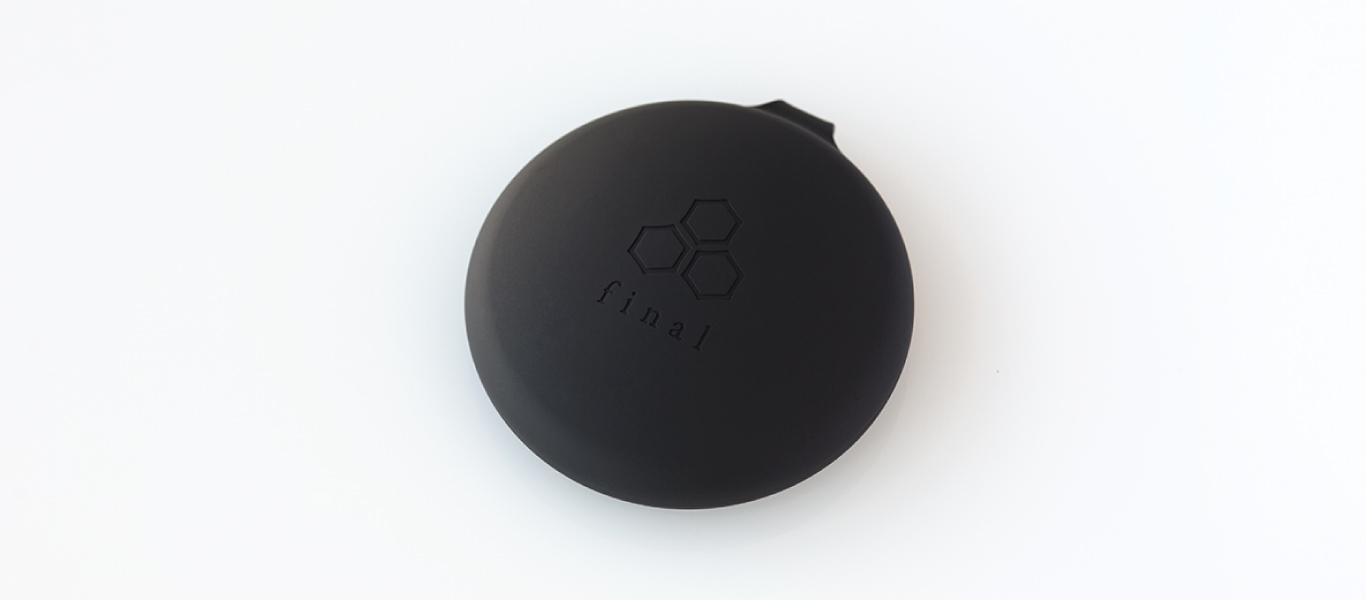
Choose options
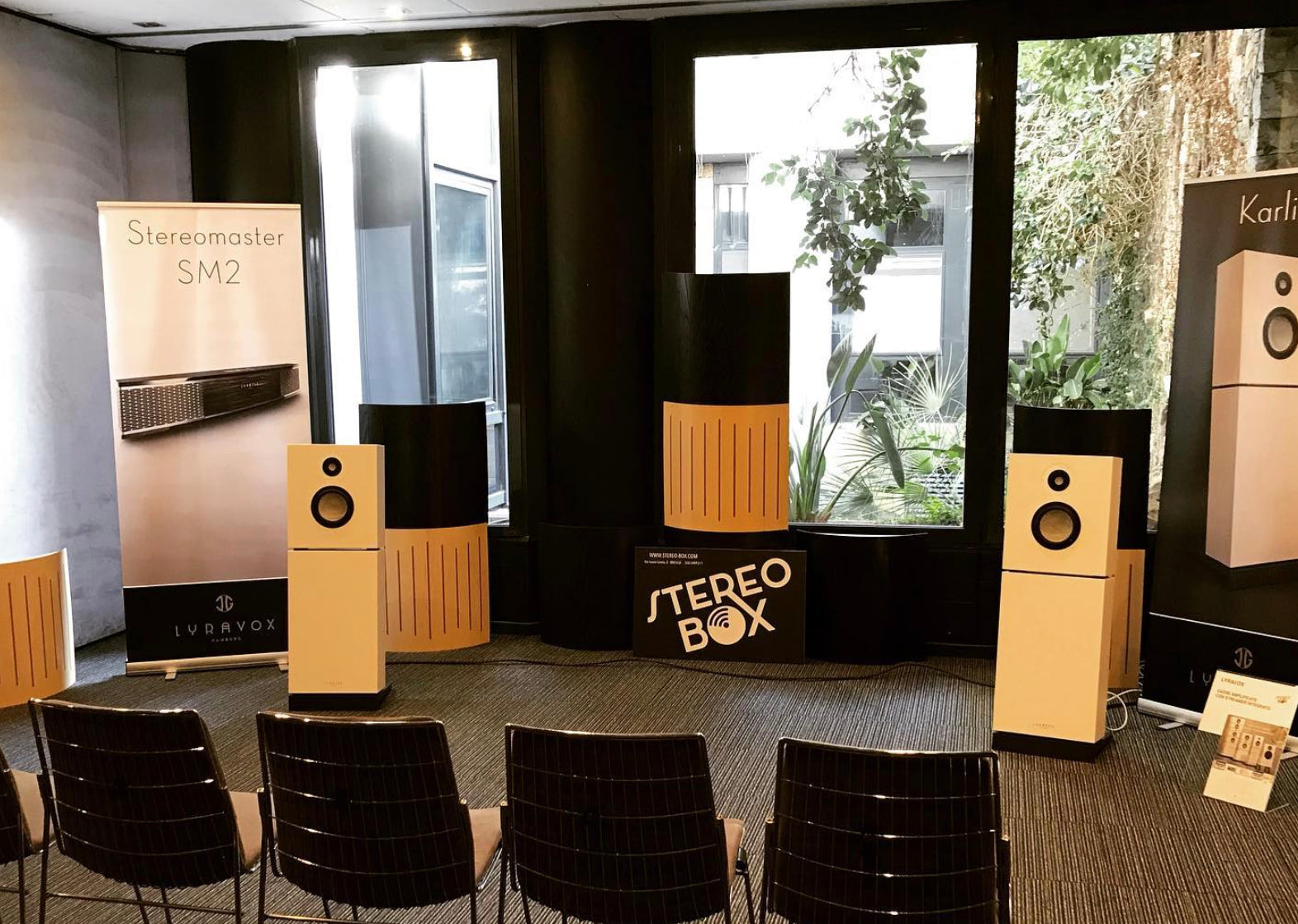
L'amore per la buona musica
Chi siamo
Abbiamo scelto questa attività per passione, e con passione la portiamo avanti. La nostra esperienza, nella riproduzione musicale, nonché in quella della musica dal vivo, ci guida costantemente nelle scelte che facciamo per quanto riguarda i prodotti che andiamo a selezionare per voi.
